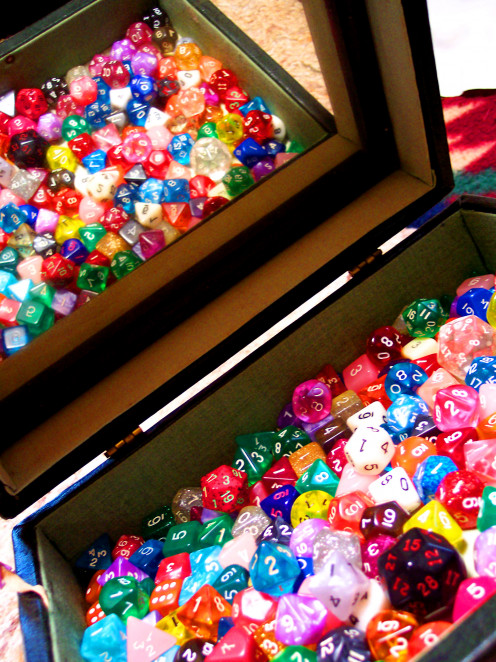How to Motivate your ESL Students
Fun ESL Activities

Are your students falling asleep at their desks? Yawning in your face? Asking you can they leave early? Don't worry, it happens to the best of us. When my class gets sleepy, I usually tell them to close their books, there's no point flogging a dead horse. Below is a list of some fun activities I use to motivate my ESL students. I have included some icebreakers, some 15 minute fillers and some longer activities.
There is no need to prepare anything, though you may want to print off one activity. I find it useful to have a handful of ideas on my desk because, as we all know, bored students can cause chaos. And tired students find it hard to retain new information.
So hopefully these games and activities will keep your students interested and leave your classroom with a positive memory.
Get the Students to Tell a Story

Story in a Bag – Collect 6 or more random things from around your house and put them into a bag. Spilt the class into groups of three or four and get them to invent and tell a story involving all the items in the bag.
For example, I gave one team a knife, a toy motorbike, a foam number four, a packet of instant soup, and a coin. They gave me a story like this (condensed): Sara was making soup for her four friends when a man on a motorbike stopped outside her house. He was going to rob her precious collection of coins. He broke in, they fought and she stabbed him in the back.
Forming Simple Sentences

Roll the Dice - This is a funny game to practice the past simple. Use two dice. Students roll them and must make sentences with the cues in the past, e.g. Last week I chased an elephant. Students can either add the two numbers together and roll twice, or use just the numbers on each die, rolled once. Give them the choice; some of the verbs make the sentence quite humorous.
To make the game more entertaining, you could hide the chart below, giving them the verb and the noun only after they have rolled the dice.
Nouns
1. A snake
2. A judge
3. A spider
4. A pig
5. An elephant
6. A shark
7. A whale
8. A prisoner
9. A lawyer
10. A monkey
11. A dentist
12. A cow
Verbs
1. Slap
2. Laugh at
3. Drink the blood of
4. Have dinner with
5. Chase
6. Scratch the back of
7. Give bananas to
8. Eat
9. Kick
10. Play chess with
11. Kill
12. Marry
Activate Stage - Present Perfect Continuous

Present Perfect Continuous Mime – This is a two part mime. Give students a slip of paper and they mime the actions. The first part is the result - the present simple. The second part is the cause - the present perfect continuous.
- You are full. You have been eating.
- You are hot. You have been ballet dancing.
- You are out of breath. You have been running.
- You are tired. You have been sleeping.
- You are wet. You have been swimming.
- You are scared. You have been watching a horror movie.
- You have a sore throat. You have been coughing.
- You are happy. You have been laughing.
Snowball – For the lower levels as an introductory activity. Students get a piece of paper and write their name on it, then scrunch up the paper and all the students throw the balls around the room. This really energises them.
Let them at it for a few minutes and then call a halt to the snowball fight. Ask a student to pick a ball and read out the name. That person must stand up and tell the class their name, age, where they are from...etc.
Learn Body Language

Draw a person – For the infants. You will need a die. Write this on the board:
1 – Body. 2 – Arms.
3 – Legs. 4 – Neck.
5 – Head. 6 – Feet.
Students roll the die. They cannot begin to draw anything until they have rolled a number 1. The winner has a complete person. You can change the numbers for different parts of the body or use 2 dice to make the game longer by adding more body parts.
Flashcard Games for Young Learners

Flashcards – If you have flashcards you can make the vocabulary games more interesting. Hide a flashcard behind a piece of paper on the board. Reveal it slowly until the students guess what it is.
You can put a number of flashcards on a table. Give the students a few seconds to memorise where each one is and then turn them over so they can’t see the pictures. Ask them “Where is the tomato?”...etc.
Thirdly, get students to stand around a table. Place all the flashcards on the table. Give them a few seconds to memorise them. Tell them to turn away and close their eyes. Remove one. They have to guess which one was taken.
And Finally,
Who am I? – Fun game to play with many different levels. Sit a volunteer in front of the board and write the name of a famous person above them. They must ask ‘yes’ or ‘no’ questions to discover their identities. Here are some suggestions to get you started: Marilyn Monroe, Batman, Brad Pitt, Barbie, The Pope...etc. I usually let one of the students decide on the name. They can play this game in pairs of as part of a group. Question suggestions to start them off: Am I dead or alive, Am I male or female? Do I sing?
Other Hubs by the Author
Fun Activities for ESL/EFL Students,
Have fun in the classroom, with no need to spend hours preparing.
Teaching English – 3 Great Vocabulary Activities
Here are 3 great vocabulary activities. They are suitable for different levels and they are very handy fillers, motivational exercises or just for a bit of fun.
Teaching English – Fun Puzzles for ESL Kids
Two great puzzles for ESL students. They focus on reading comprehension, vocabulary and problem solving. Suitable for Pre-intermediate and Upper intermediate. Fun to do!
10 Fun ESL Activities to Practice Modal Auxiliary Verbs
10 lively speaking activities to practice Modal Auxiliary Verbs. Includes a table for quick reference.
This is a quiz with a difference. It's quirky and entertaining. It's designed to get your ESL students talking and having fun. It will also give you, the teacher, a break from the old routine.
Teaching the Present Perfect Simple to ESL Students
Explanation of the Present Perfect Simple, exercises with answers and a fun game to practice what they’ve learned.









